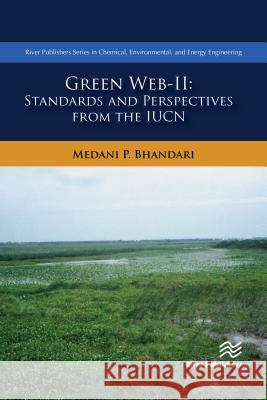Green Web-II: Standards and Perspectives from the IUCN » książka
topmenu
Green Web-II: Standards and Perspectives from the IUCN
ISBN-13: 9788770220125 / Angielski / Twarda / 2018 / 250 str.
Kategorie:
Kategorie BISAC:
Wydawca:
River Publishers
Seria wydawnicza:
Język:
Angielski
ISBN-13:
9788770220125
Rok wydania:
2018
Numer serii:
000847634
Ilość stron:
250
Waga:
0.67 kg
Wymiary:
23.39 x 15.6 x 2.06
Oprawa:
Twarda
Wolumenów:
01
Dodatkowe informacje:
Wydanie ilustrowane











